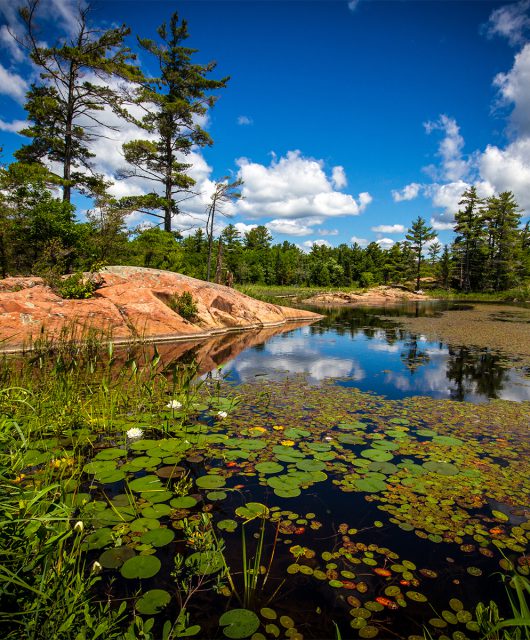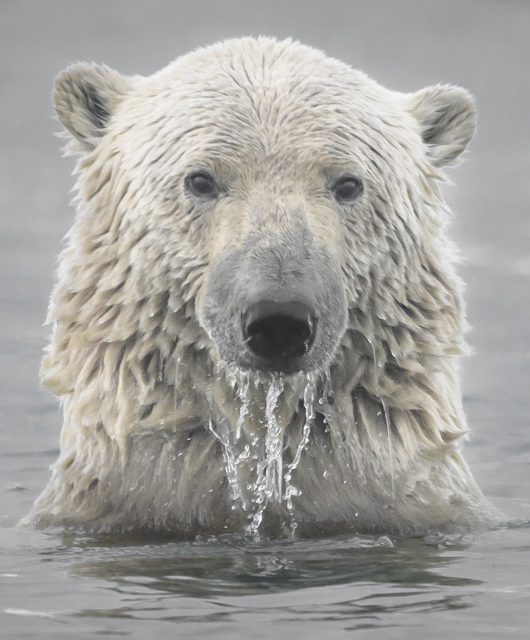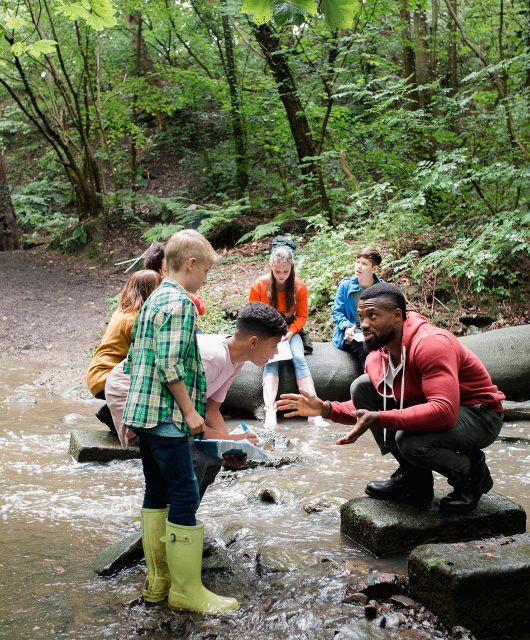For many people, getting outside and camping is a staple of the Canadian summer months.
The fresh air, gorgeous natural scenery, and taking the initiative to unplug for 48 hours on a weekend is the ultimate way to spend their leisure time. But what about those that haven’t had a camping experience yet or find the whole process too far from reach?
First thing’s first. Are you planning a visit to one of Canada’s National Parks, National Historic Sites or National Marine Conservation Areas? To really enjoy your experience in the wild you need to respect the land and the wildlife that call it home.
Leave-No-Trace Camping
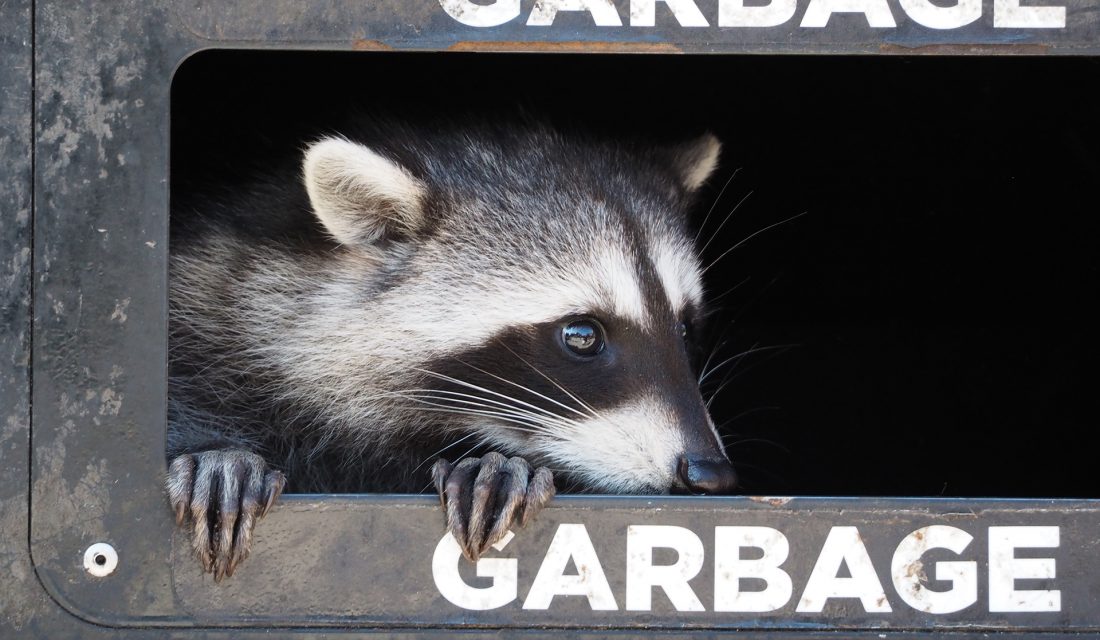
Leave-no-trace camping is an increasingly popular – and necessary – approach to travel in wilderness areas. As the term suggests, the goal is for the camper to have as little impact as possible on the location he or she is visiting.
The principles of leave-no-trace camping were developed in response to concerns that the increasing number of human visitors to previously uninhabited (or lightly inhabited) wilderness areas would destroy the very characteristics that make them attractive and irreparably harm native species. While each individual visitor might have an insignificant impact, the cumulative effect of thousands and even millions of visitors to a site over the years would be profound. Rather than advocate avoiding these environments, leave-no-trace camping seeks to minimize the changes we make just by visiting. It’s also a courtesy to the people who will be visiting the same place after us, giving them a chance to experience it the same way we did. Moreover, the authorities who manage the area may require that you follow leave-no-trace practices.
A Wild Experience
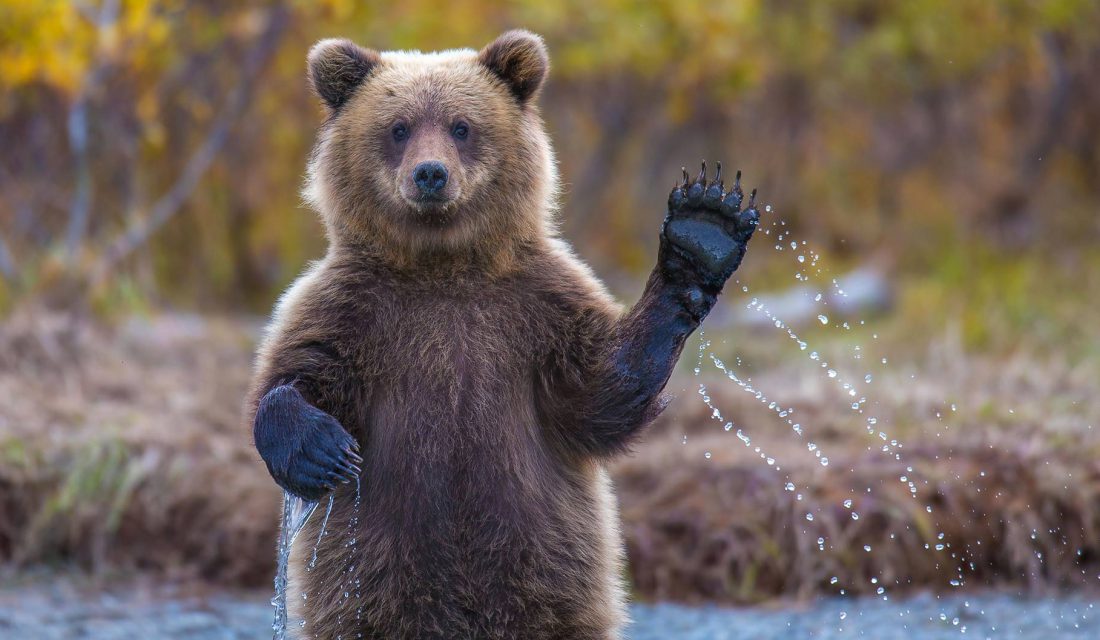 Canada is home to a large variety of wildlife. In fact, there are about 200 kinds of mammals, 200 types of freshwater fish, and more than 600 kinds of birds in this country. We also have a few lizards, about 35 types of snakes and thousands of insects and flora.
Canada is home to a large variety of wildlife. In fact, there are about 200 kinds of mammals, 200 types of freshwater fish, and more than 600 kinds of birds in this country. We also have a few lizards, about 35 types of snakes and thousands of insects and flora.
If you go camping, you may be able to see some of these amazing species. Depending on what part of Canada you are exploring, you could see squirrels, beavers, bears, deer or moose. What should you do, and what shouldn’t you do, when you’re going on an outdoor adventure?
DO
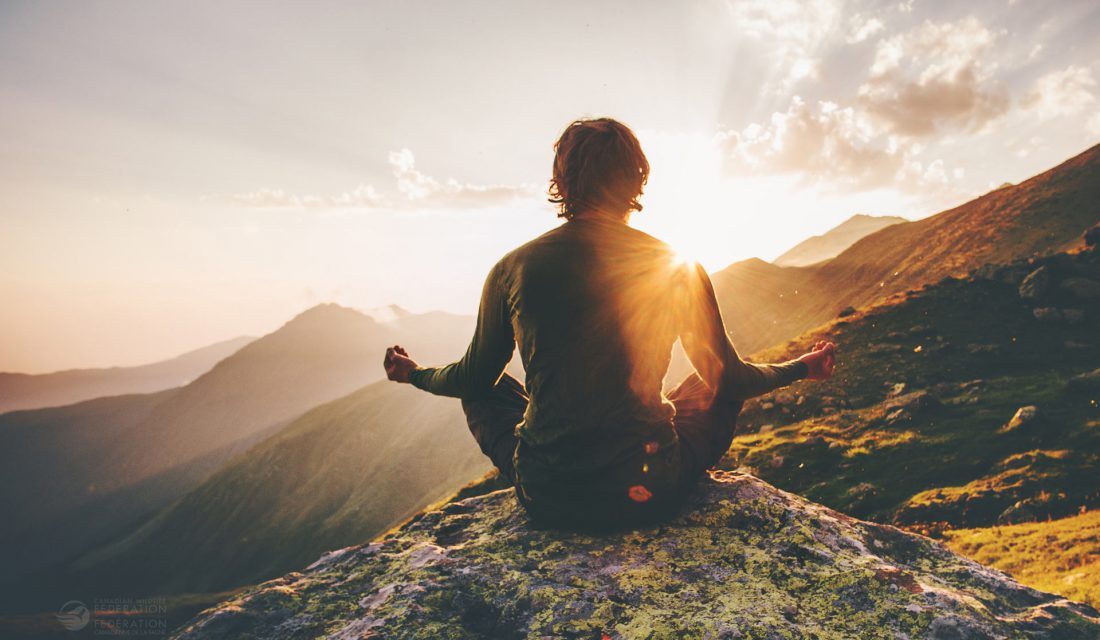
- Find out about the wildlife in the area before you go exploring.
- Take pictures from a safe distance and feel free to send them to the CWF photo club. We’d love to see them!
- Stay on the marked trails so you don’t get lost.
- Bring drinking water, snacks and sunscreen with you if you are hiking.
- Make noise if you are in bear country so the animals know you are coming.
- Put your garbage in sealed bins.
- Be careful when driving at dusk and dawn as this is when most animals feed.
- Take a flashlight with you and make noise if walking around a dark campsite at night.
- Plan on exploring in the daylight or with a guide.
- Listen carefully to the sounds of animals at night and try to identify them but not bother them.
DON’T
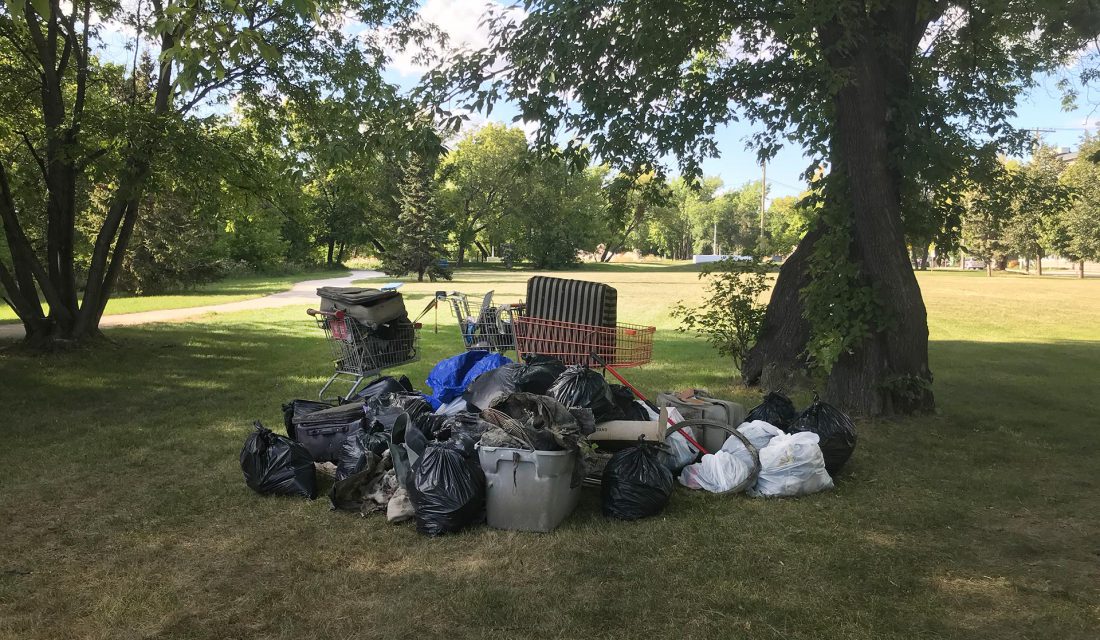
- Venture into the wilderness without information and supplies.
- Disturb the plants and animals.
- Travel in areas where it is not permitted.
- Feed wild animals.
- Make noise if you want to see fish.
- Leave your garbage out and about.
- Try to attract animals to your campsite with food.
- Point your flashlight into the eyes of people or animals.
- Get close to wild animals.
- Go exploring at night if you are not sure of what’s out there.
Camping Tricks
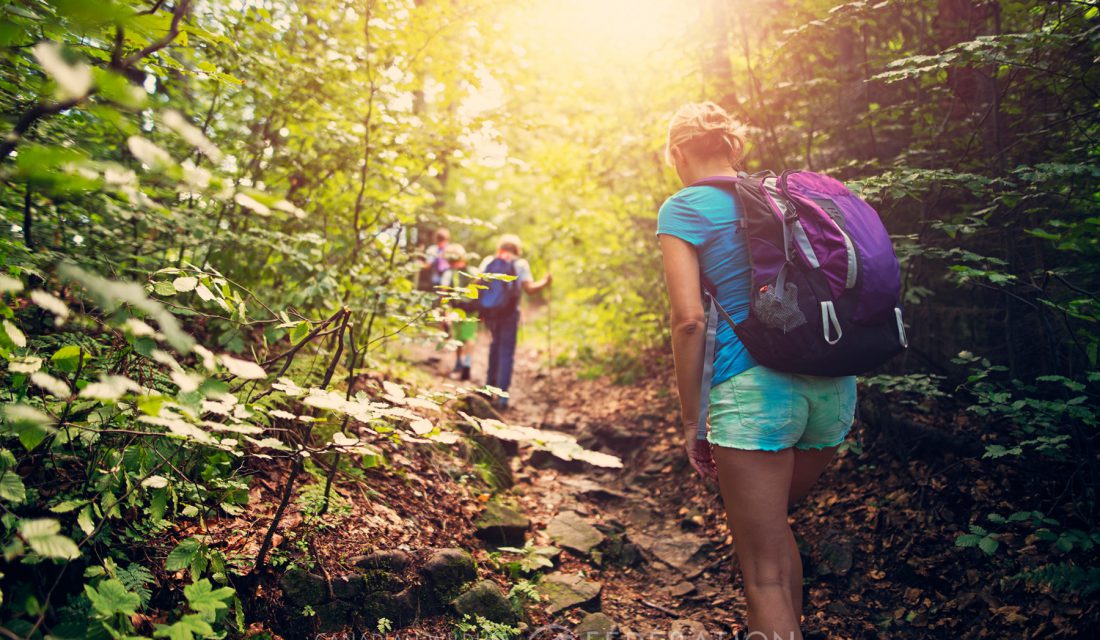
Turn your “camper level status” from novice to pro with these fun additions to your expedition.
- Use foam floor tiles for a softer, more comfortable tent floor
- Point a head lamp into a jug of water for an instant lantern
- Familiarize yourself with what the poisonous plants look like
- Glue sandpaper to the top of your match book for back-up striking surface
- Repurpose an old coffee can to hold and protect your toilet paper
- Make travel coffee bags out of coffee filters and dental floss
- Add bundles of sage to a campfire to keep mosquitoes away
- Learn to build a campfire in just six steps

